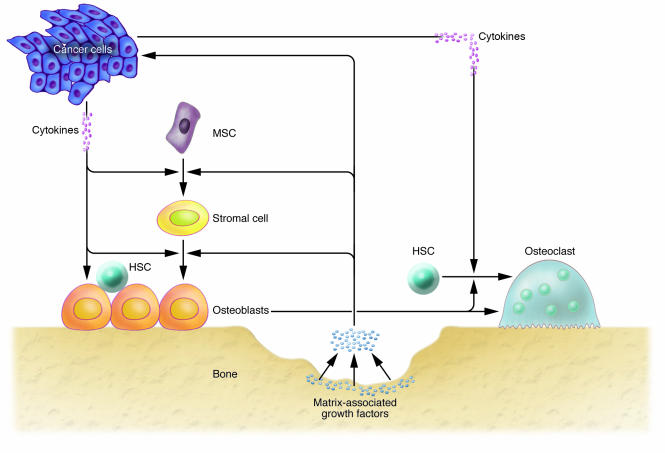Figure 2. Cell-cell interactions in bone marrow.
HSCs, the precursors of osteoclasts, reside in a stem cell niche provided by osteoblasts, which, together with stromal cells, derive from mesenchymal stem cells. Bone degradation (arrows) results in release of matrix-associated growth factors, which stimulate mesenchymal cells and thus bone formation. This “coupling” is an essential consequence of osteoclast activity (98). Additionally, matrix-derived factors stimulate cancer cell proliferation in the so-called “vicious cycle.” Finally, cancer cells release cytokines that target mesenchymal cells and thus activate bone resorption.

